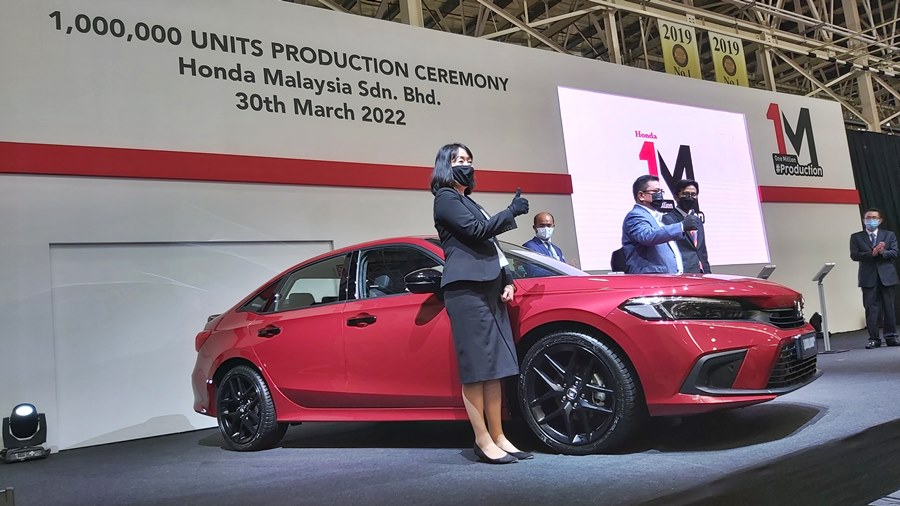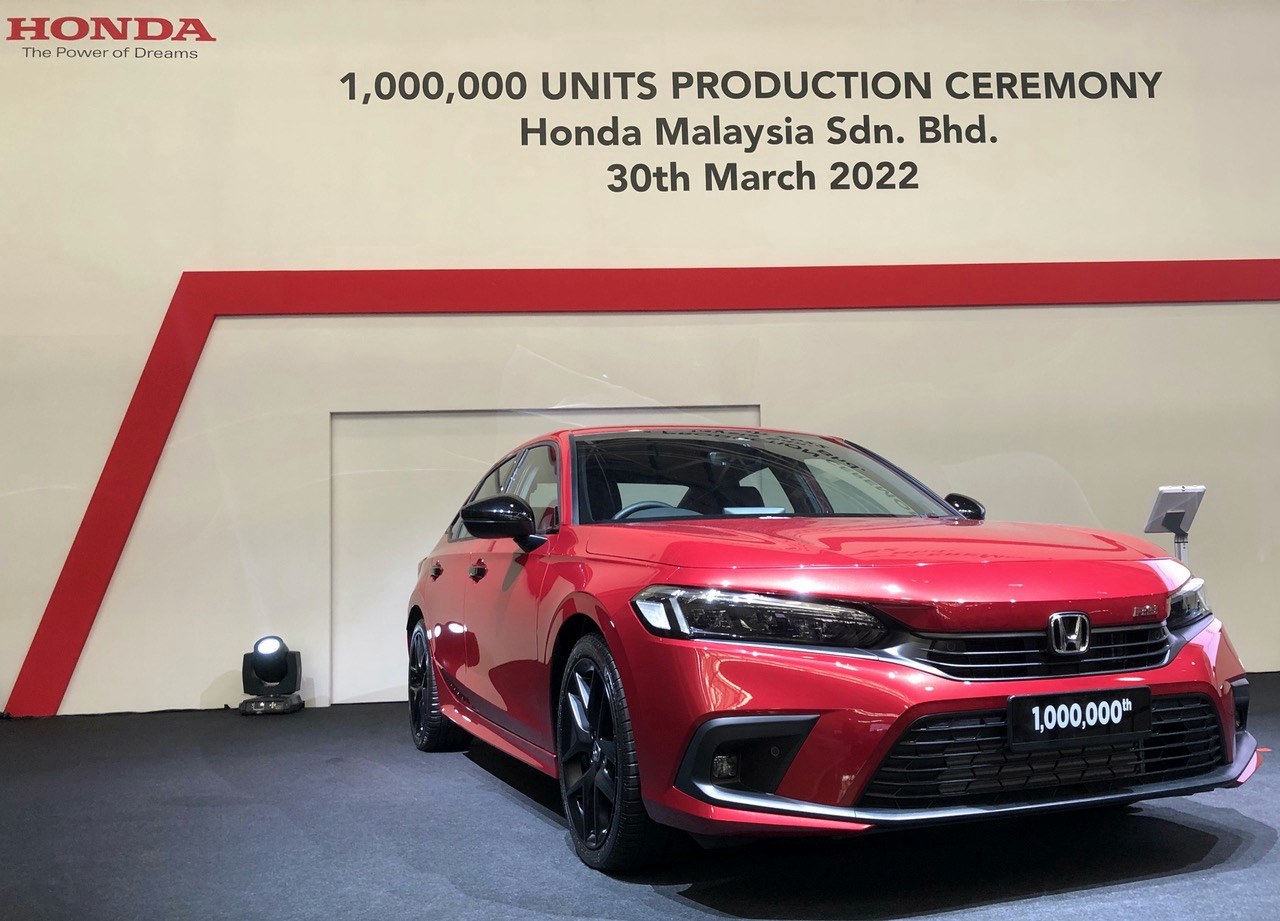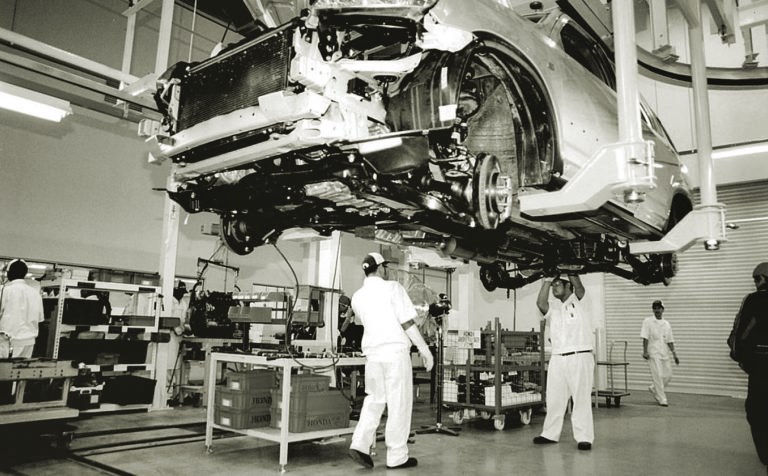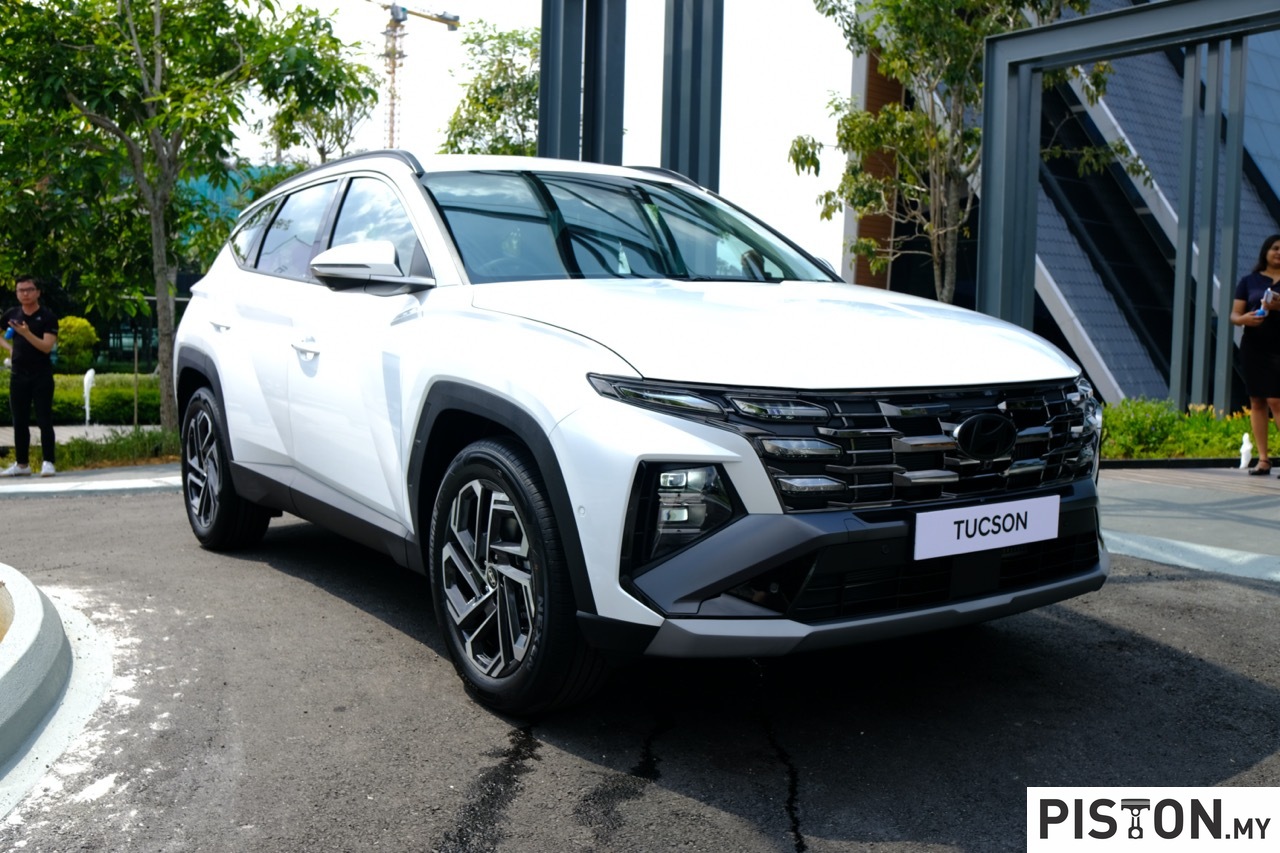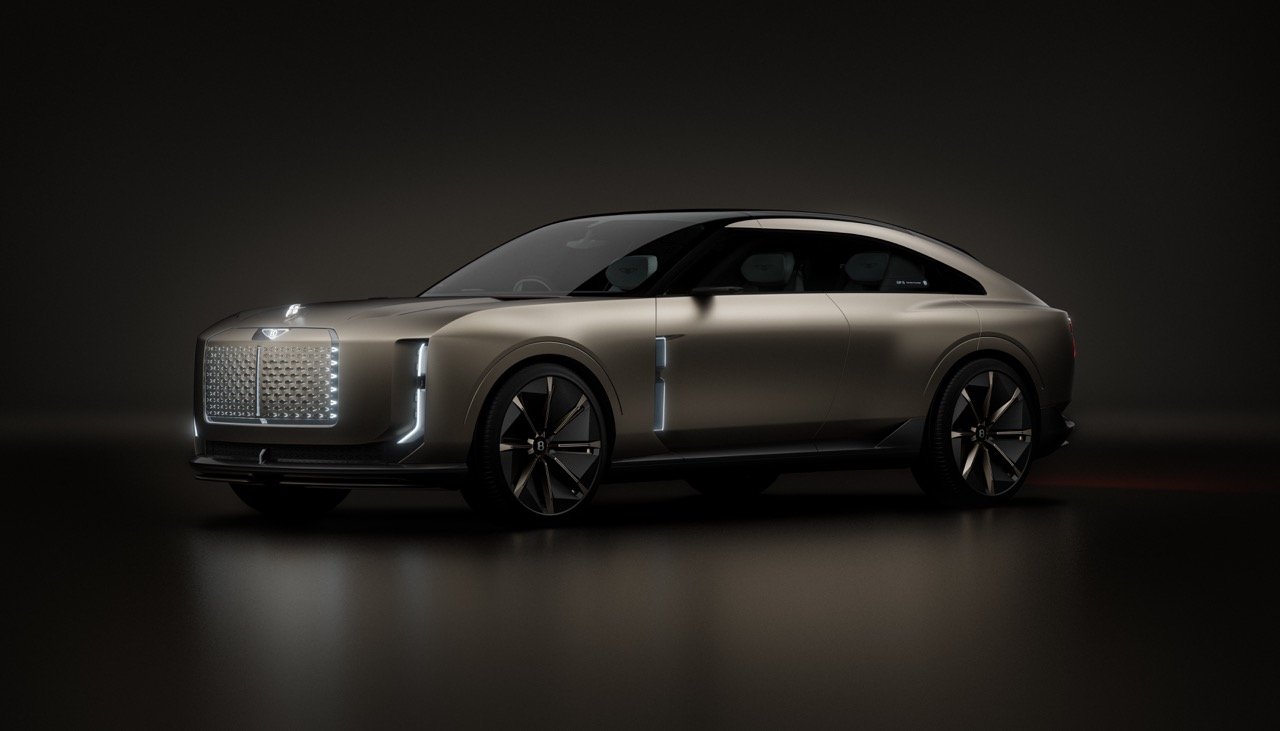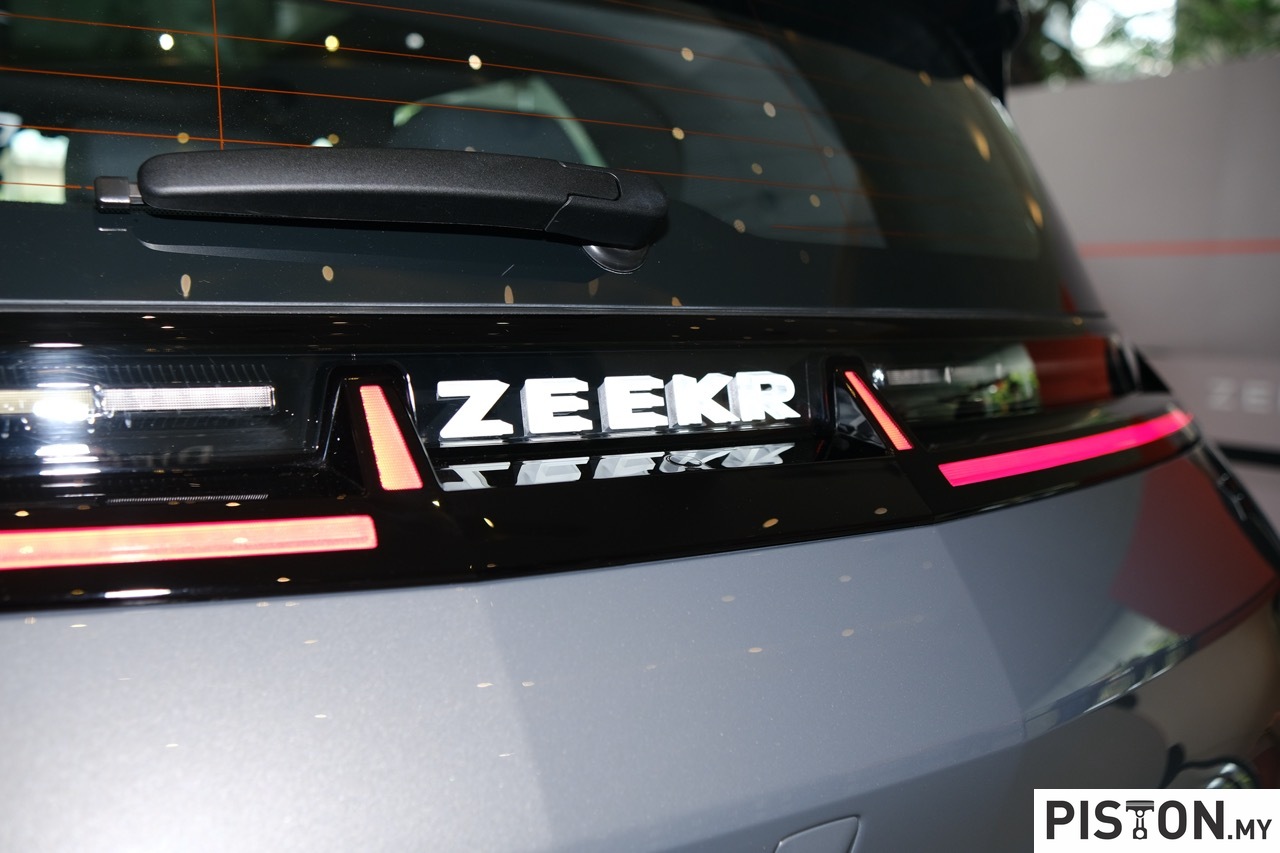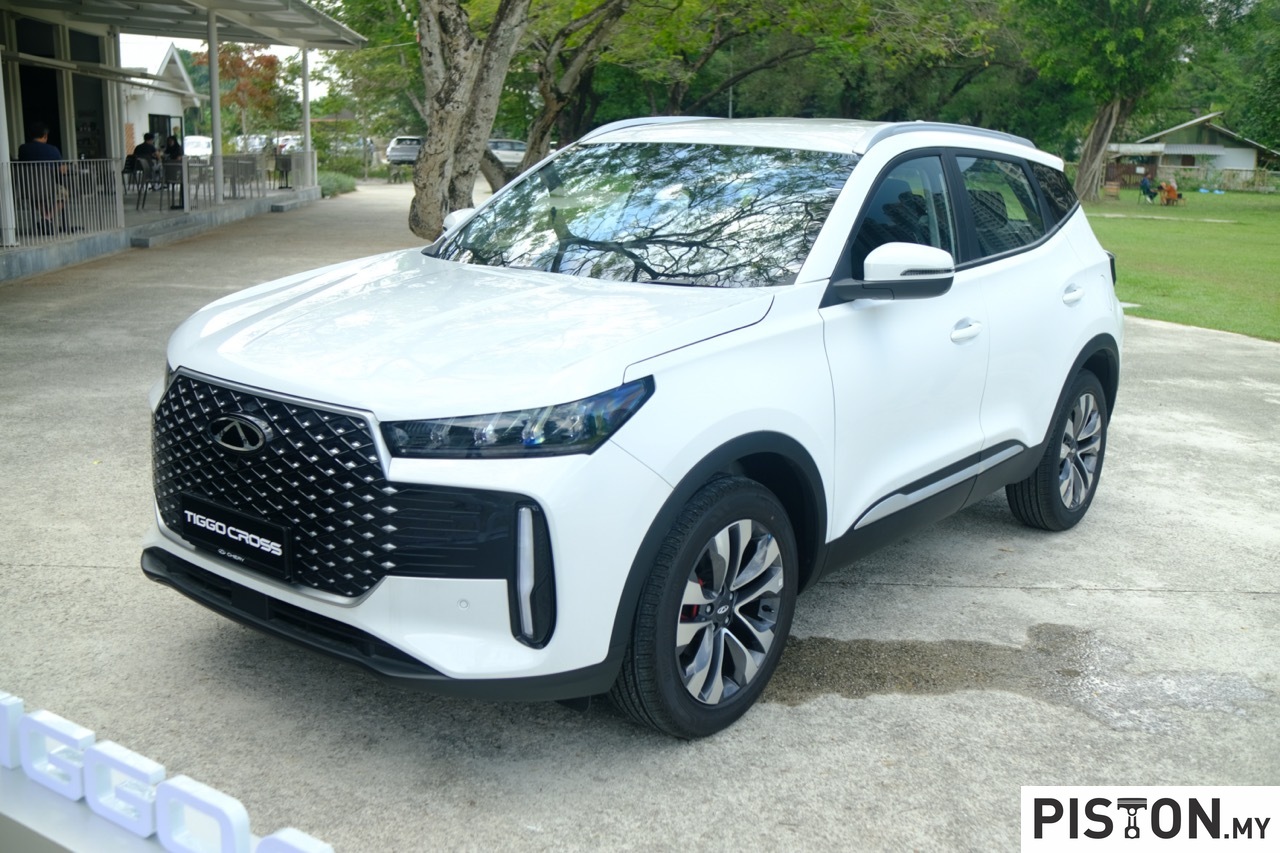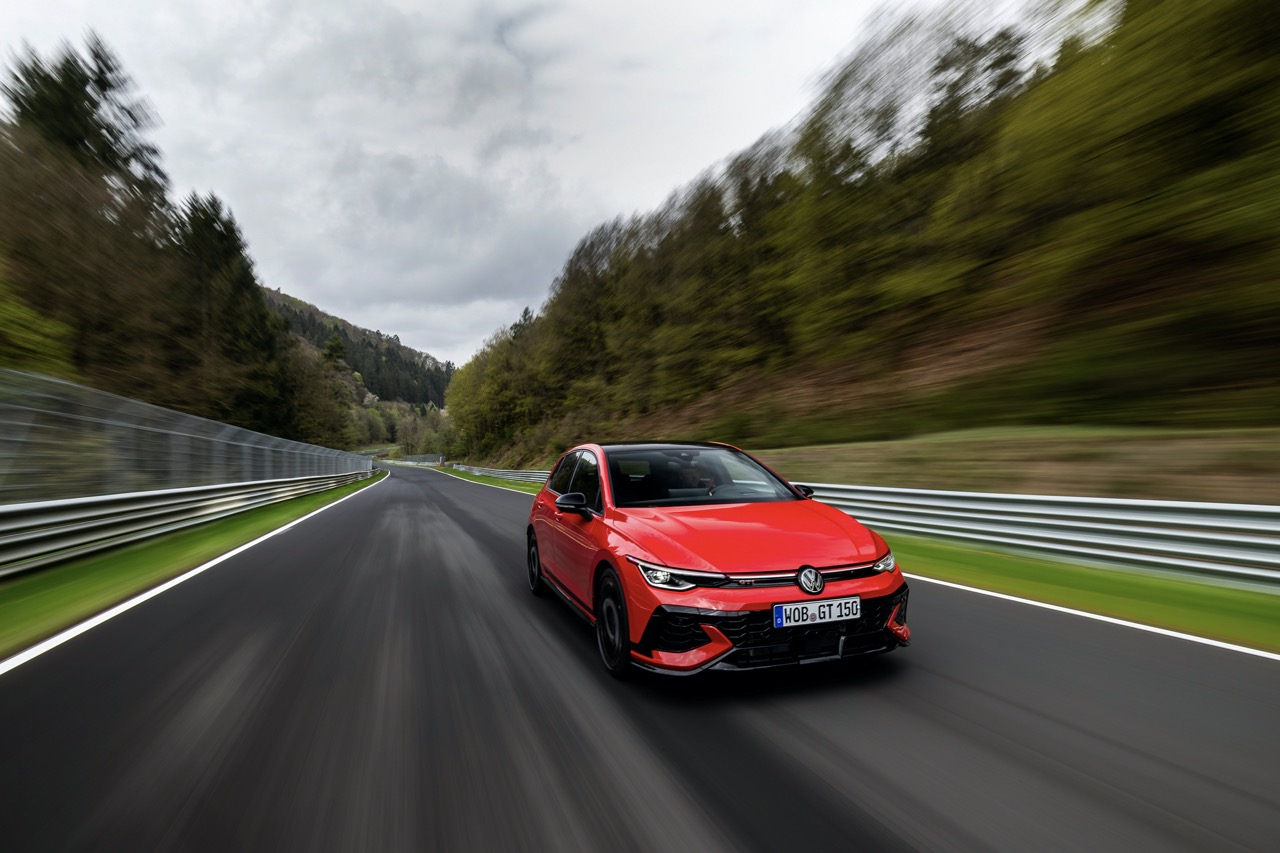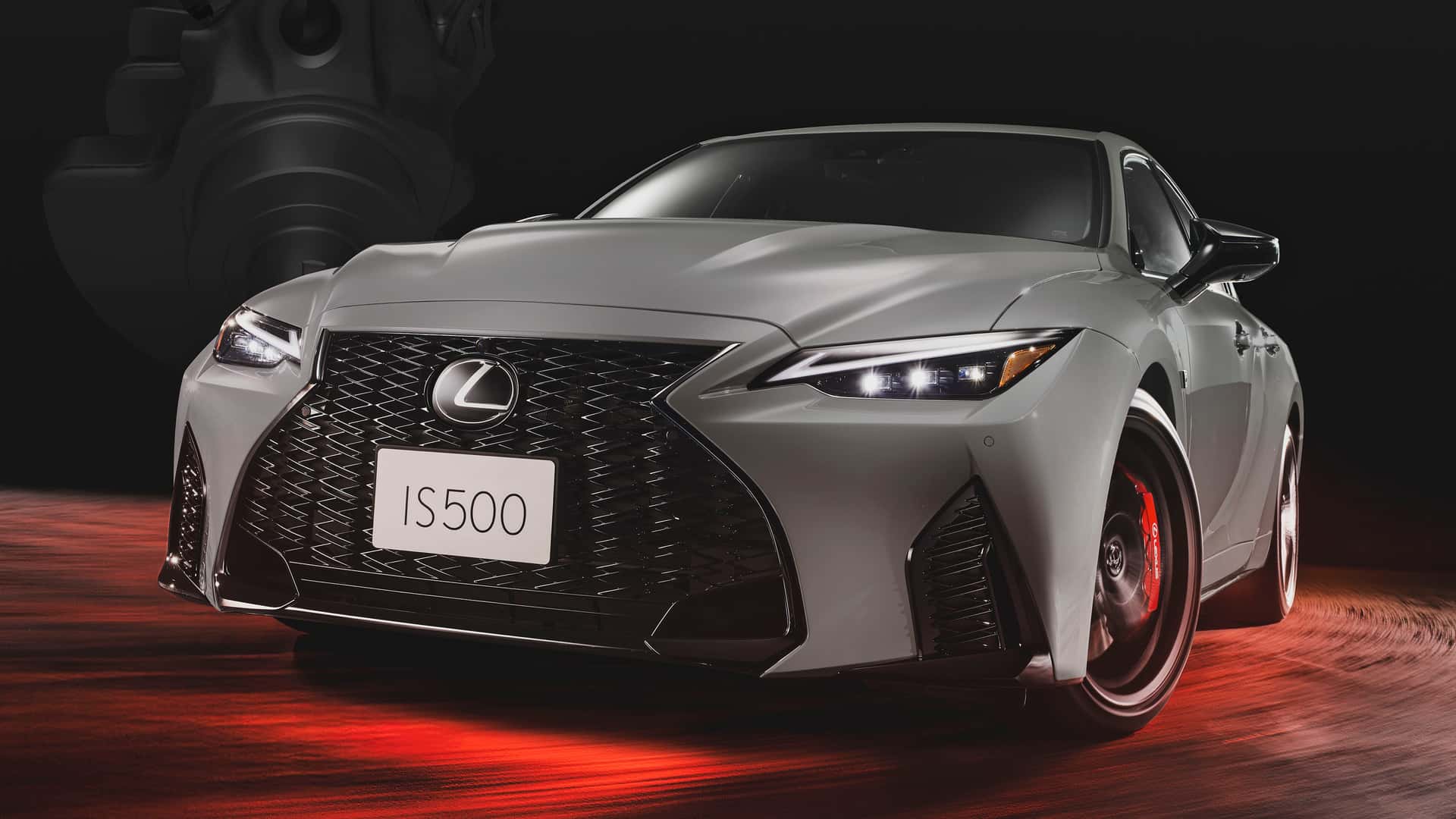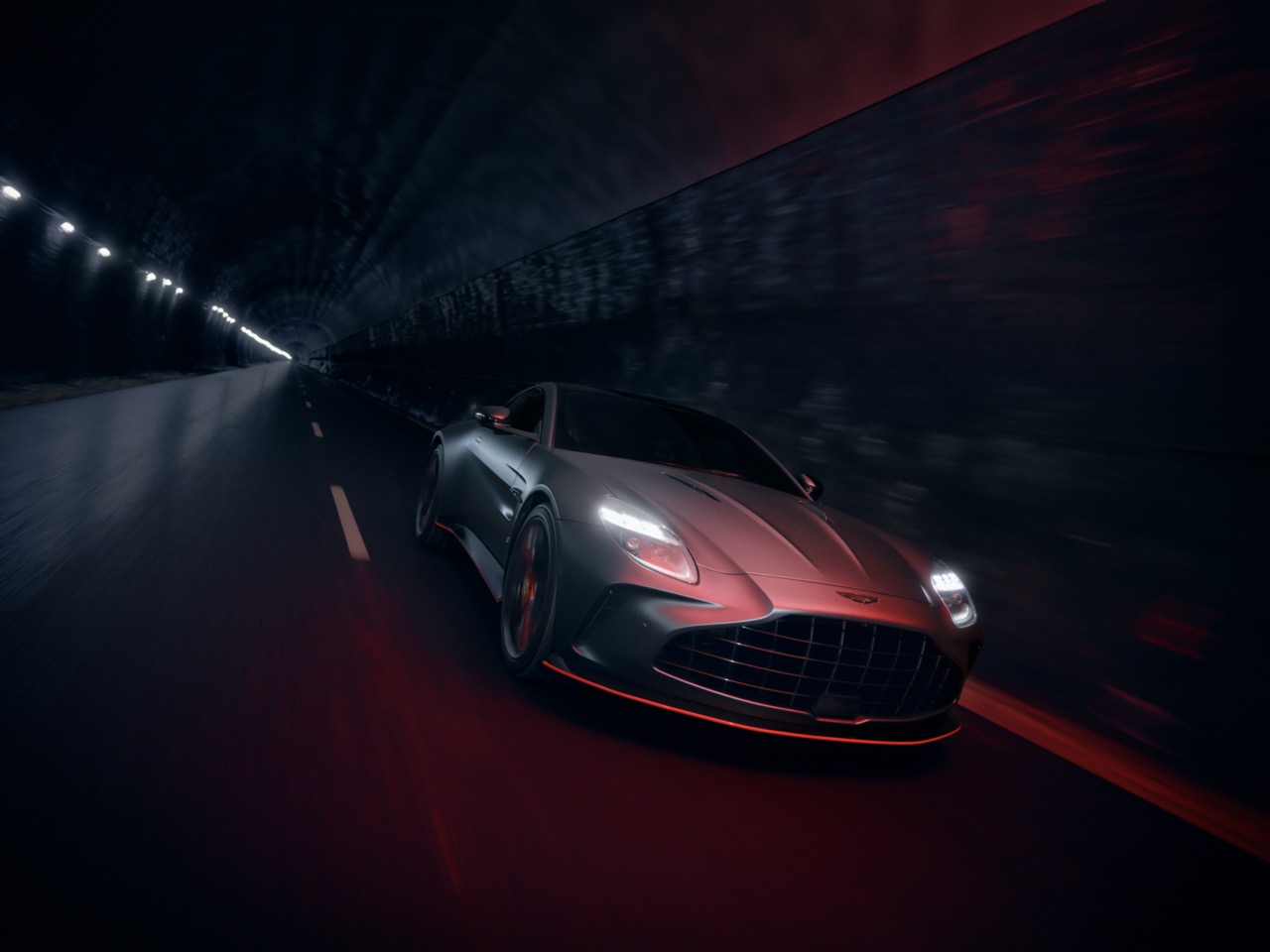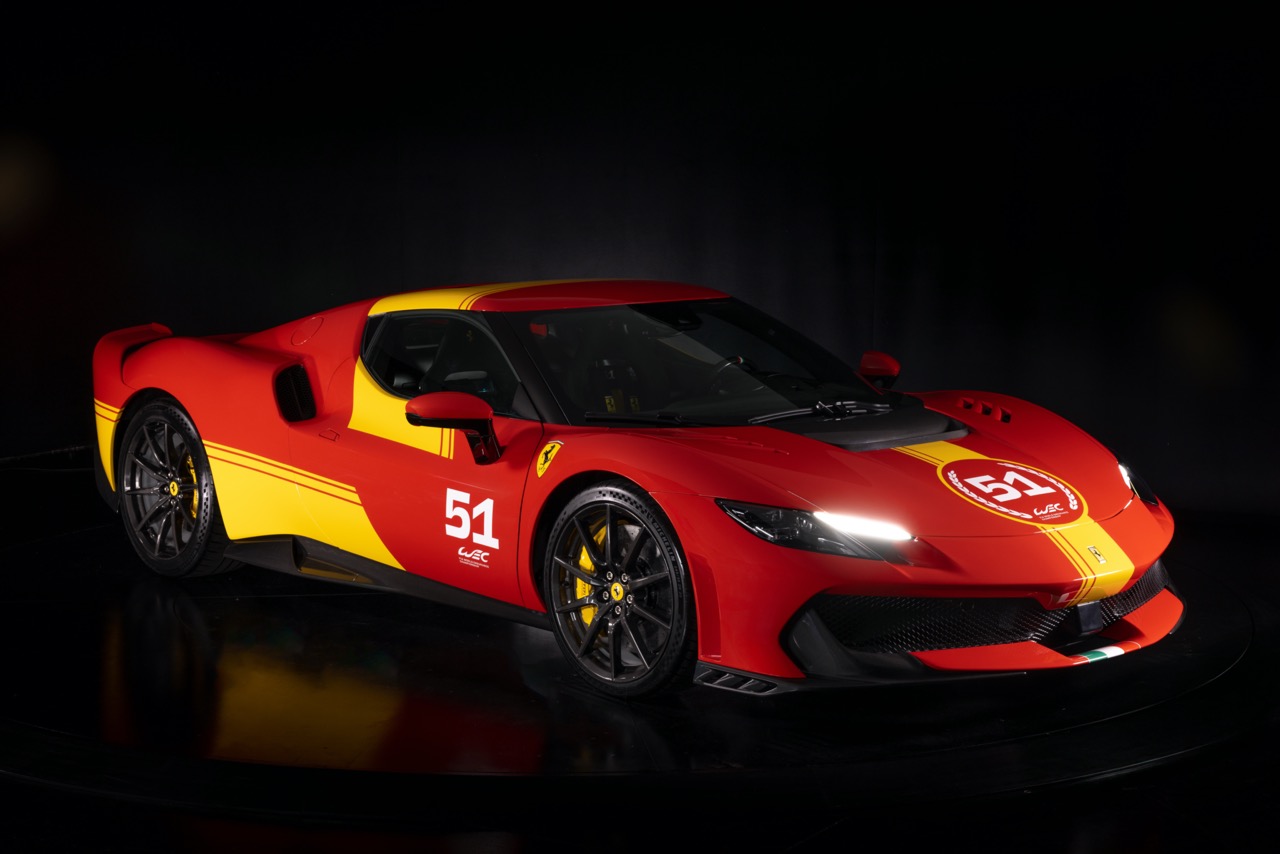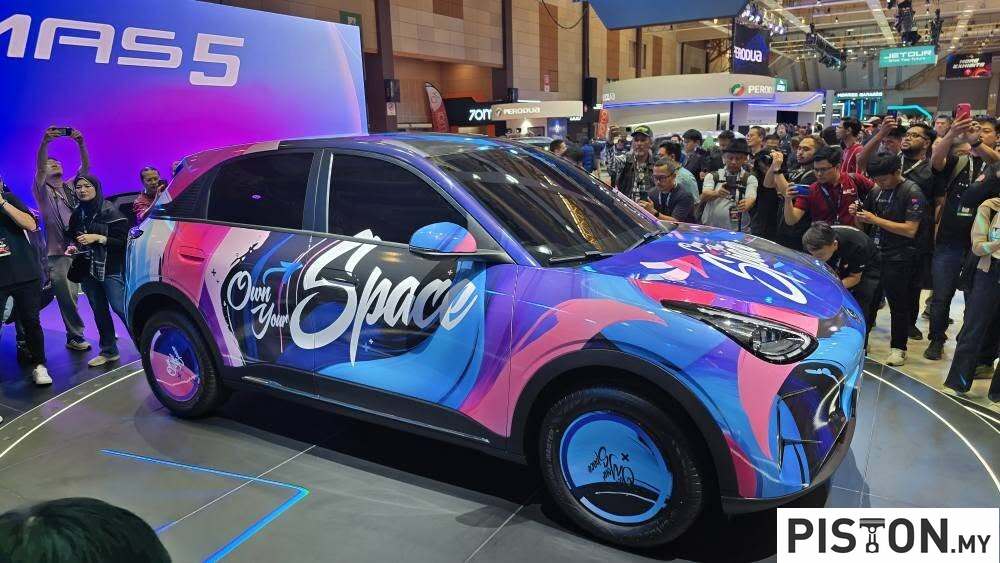The Honda Malaysia assembly plant today crossed a significant milestone in its history – the production of its 1 millionth unit since commencing local assembly in 2003. The 1 millionth unit was the latest 11the generation of the Honda Civic Sedan.
Speaking at a special ceremony held at the plant, Honda Malaysia’s Managing Director & CEO, Madoka Chujo, said: “It has been 20 years since Honda Malaysia’s establishment in the country. We have evolved and recorded significant achievements since then. In March 2021, we achieved the 1 millionth sale unit milestone with all Malaysians. Just one year later, I am now celebrating another significant milestone with all of you the 1 millionth production unit. I would like to express my deepest appreciation to all Honda associates and suppliers for their effort and hard work to ensure smooth production process and supply chain operations, even with many challenges faced, including the COVID-19 pandemic, global chip shortage and recent flood incidents. With their dedication, Challenging Spirit and working ‘Together As One’, we are able to achieve this remarkable 1 million production unit milestone.”
”Additionally, I would like to extend my heartfelt gratitude to our dealers, members of the media and Honda customers for your unwavering support towards Honda Malaysia. We would also like to thank the Malaysian government for the strong support since the establishment of Honda Malaysia. On top of that, we would like to express our sincere gratitude to the Melaka State Government for their continued support for our plans for this Pegoh Plant. The tremendous support from all stakeholders has helped Honda Malaysia progress and enabled us to achieve the No.1 position in Non-National Passenger Vehicle segment for 8 consecutive years since 2014,” she said.
Although Honda vehicles have been assembled in Malaysia since the early 1970s, they were done so under contract assembly with Oriental Assemblers in Johor. With the establishment of Honda Malaysia (initially known as DRB-Oriental-Honda), the Japanese carmaker also made the decision to invest in having its own assembly plant as well. It chose a greenfield site in Pegoh, Melaka, adjacent to the North-South Expressway.
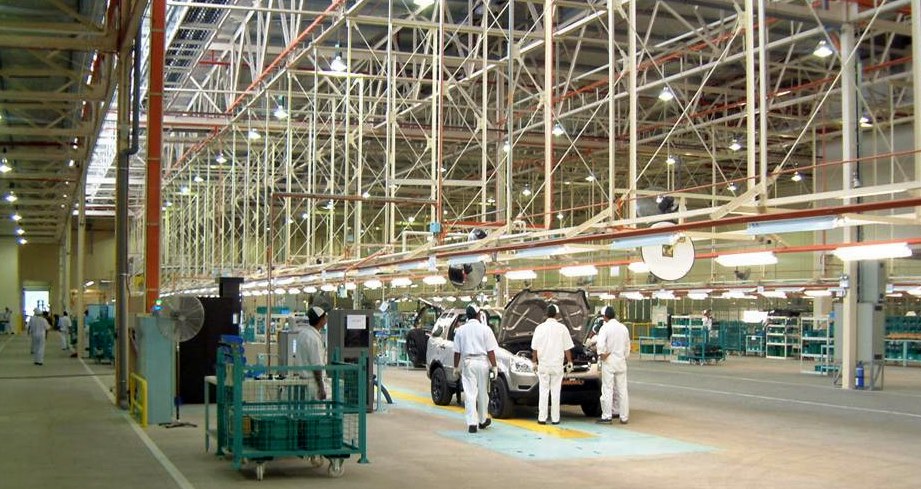
Investment in the plant, which took a brisk 13 months to go from construction to pilot production in 2003, started with RM180 million, with RM194 million earmarked for expansion over the following 5 years. The investment included RM20 million for a facility on the 80-acre site to assemble Constant Velocity (CV) joints for export to Honda plants in the Philippines, Indonesia and Thailand under the ASEAN Industrial Cooperation Scheme (AICO). Later, the volumes made it the largest exporter of CV joints in the region and its products would go as far as the UK and Turkey.
Started with CR-V
The plant was initially built with a single line for an annual capacity of 50,000 vehicles. The first model to roll out was the second generation of the CR-V. All output from the plant was only for the Malaysian market and as the popularity of Hondas grew, demand rose so the production capacity was increased to 100,000 units a year with a second line being set up. By then, the number of models assembled locally totalled seven. In October 2013, local assembly of the Jazz Hybrid began, making Honda Malaysia the first company to assemble vehicles with hybrid electric technology locally.
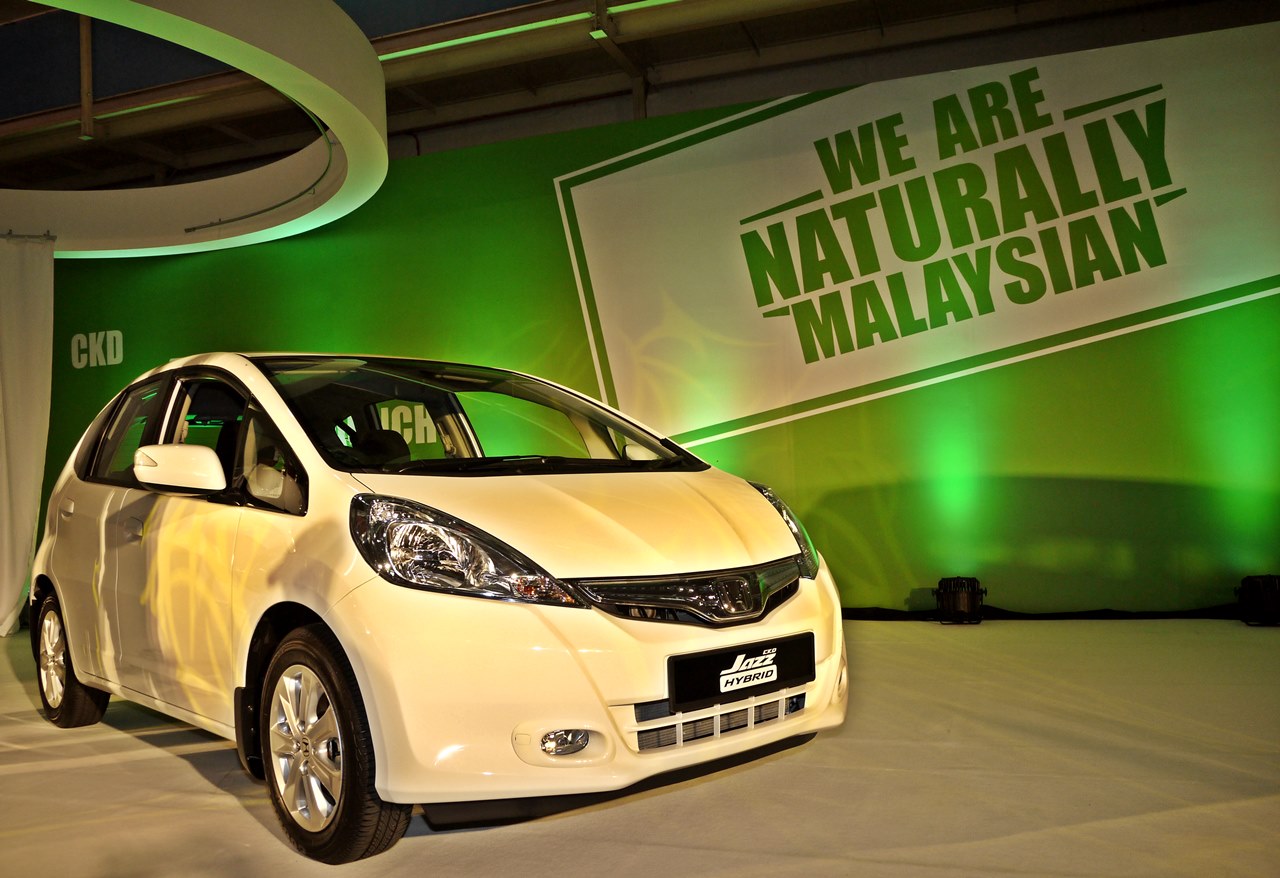
The flexible production capability allows different models to be assembled at the same time. There is also a range of state-of-the-art manufacturing technologies that are on par with the Honda plants in Japan. One of them is Laser Brazing technology which creates a smooth and clean roofline for a sleeker exterior appearance. Inner Frame Welding technology is also used to enhance the body rigidity, while the use of Spray Polyurethane Foam reduces noise and vibrations.
Malaysia considered ‘first country’ market
The steady progress made by the plant as well as growing sales volumes have raised the status of the Malaysian market where product planning is concerned. Since the fourth generation of the City, Malaysia has been considered a ‘first country’ instead of ‘second country’. The ‘second country’ status meant that whatever features were available were already decided earlier by ‘first countries’ such as India, Thailand and Indonesia. As such, Honda Malaysia had to adapt from what was already decided for other markets and that affected the cost of the parts made locally.
Being upgraded to ‘first country’ meant that Honda Malaysia could participate in the product planning for the new model and submit specific requests for features or equipment which were required for the Malaysian version. This enabled a greater degree of localization of parts which also led to lowering of production costs.
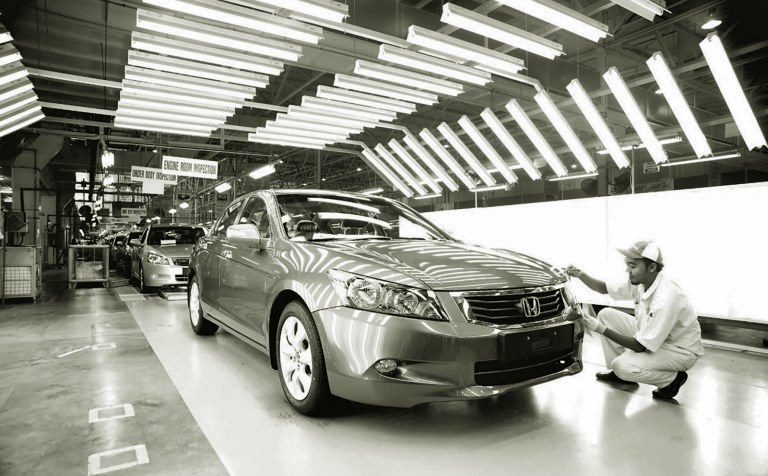
Besides its own factory, Honda Malaysia also encouraged some of its suppliers to set up facilities nearby so that delivery of parts would be faster and more efficient. This would support the Japanese approach of ‘Just-in-Time’ where storage of parts would be kept low, reducing the need for warehousing space.
Honda Malaysia aims to sell 80,000 units in 2022 and introduce Certified Used Car business



